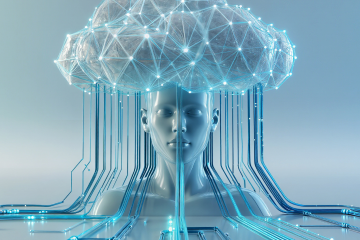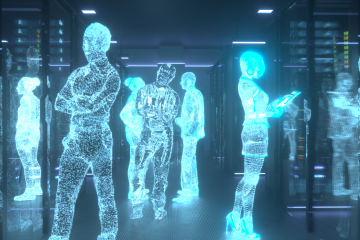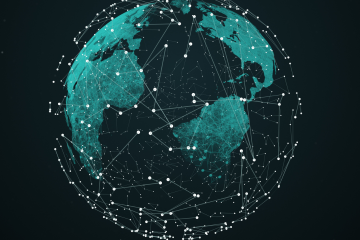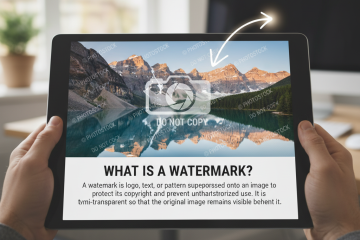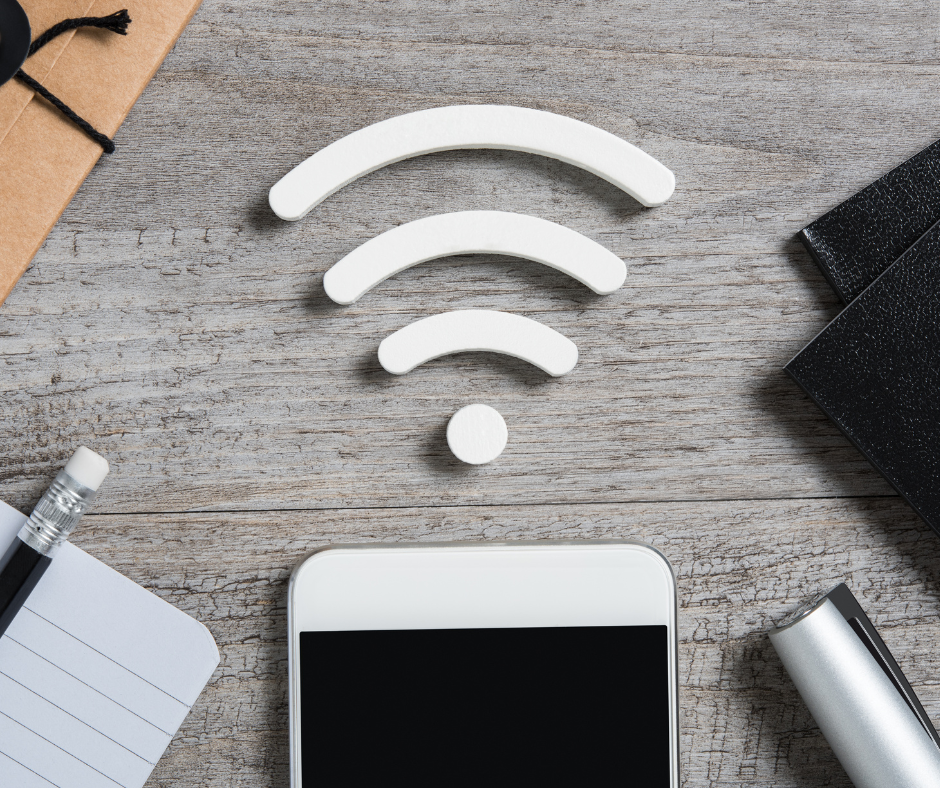
Data is what makes the world go round.
In the digital world, at least. But it is worth mentioning that the digital world is an entity that has a sizable influence on the “real”, physical world. An outsize influence, some may say.
Be that as it may, there is no getting around the fact that the Internet of Things, which refers to the many devices that are connected with each other and exchange data, play a sizable (outsize, some may say) role in many people’s daily working and personal lives.
The Internet of Things (IoT), Explained
What is a part of the network that is the Internet of Things (IoT) goes far beyond your laptop and smartphone.
If your car has an inbuilt GPS, it is part of the Internet of Things. If you have one of those fancy refrigerators with a touchscreen that connects to the Internet to, for instance, collect and send data about the appliance’s performance, that is also a part of the IoT.
Though people look at the word “Internet” and assume that the basis for IoT devices’ interconnectivity is Wi-Fi, it goes far beyond this.
Wi-Fi of course does play a sizable (outsize, some may say) role in the Internet of Things.
But so does Bluetooth, the short-range frequency-hopping wireless connectivity solution.
As does cellular, which through a network of radio stations allows certain capable IoT devices to be connected to other devices around the world.
So does (brace your eyes for low-caps upper-caps concatenation) the LoRaWAN, long range wireless area networks that promise minimal interference at the cost of narrow bandwidth.
Each a protocol in itself, determining how data is to be exchanged through their particular facility.
Certain technological dreamers wish upon a Starlink satellite for entire cities that are built upon IoT devices. Can you imagine, for instance, a “smart” city that collects data about itself and exchanges data with other “smart” cities?
What will enable such a thing, and what enables many current IoT devices, is machine learning.
Breaking Down Machine Learning in Terms of the IoT
So, here is how this subfield of A.I. works.
Wait, we should probably start there, actually. Machine learning is indeed a subfield of A.I., though a considerably large one. It is a mistake to say that artificial intelligence is an entirely separate field from machine learning. It is like saying that coaching is an entirely different field from assistant-coaching. The former is a category containing the latter.
Here is precisely how the two are related. Artificial intelligence is the field that teaches machines how to autonomously think. Meaning, to think without any human intervention. Machine learning is a subfield of A.I. that teaches machines how to autonomously learn.
If the field/subfield of machine learning has just one goal, it is to improve an A.I. agents’ learning abilities so that it can, in turn, get better results that come from an A.I. agent’s quality of thinking. Just as an assistant coach serves to help the head coach in the overall goal of coaching a team better.
Why Machine Learning Is So Attractive to Business Owners in Technological Fields
Machine learning is so attractive in the field of technology because ML algorithms enable machines to improve themselves basically on their own. It is a technology that brings us products that become better on their own.
Future marketers of ML-boosted products will boast of their ability to autonomously improve. Though, perversely, this may actually make for bad business in industries where planned obsolescence is pretty much worked into the business’ goals to produce profits. (Think, for example, of companies selling IoT devices with batteries that always seem to miraculously shrink within a couple years of purchasing).
But for plenty of technology leaders offering IoT devices or services, ML can be a big help.
ML and IoT’s Impact on Businesses
Machine learning will play a role in the IoT by enabling stronger network performance.
Another example is indoor localization, otherwise known as Indoor Positioning Systems (ISP). This involves using IoT devices to locate people and objects in indoor settings.
ML comes in by improving these devices’ ability to consistently locate and track objects.
You can see how this may play out in a factory setting, where a manufacturer may need to keep track of a variety of workers and machines alike throughout the process. One reason for this is ensuring that there are no violations of safety standards, such as someone standing near a toxic waste vat and at risk of falling in and becoming a supervillain.
Machine learning devices are also good at determining when a network has been compromised or is in danger of being compromised by cybercriminals.
Examples include threat detections for spoofing, evil twins, and the like.
ML does this by building off its analysis of training data sets with real-time events, figuring out how to best prevent and stop threats to network security in real time.
